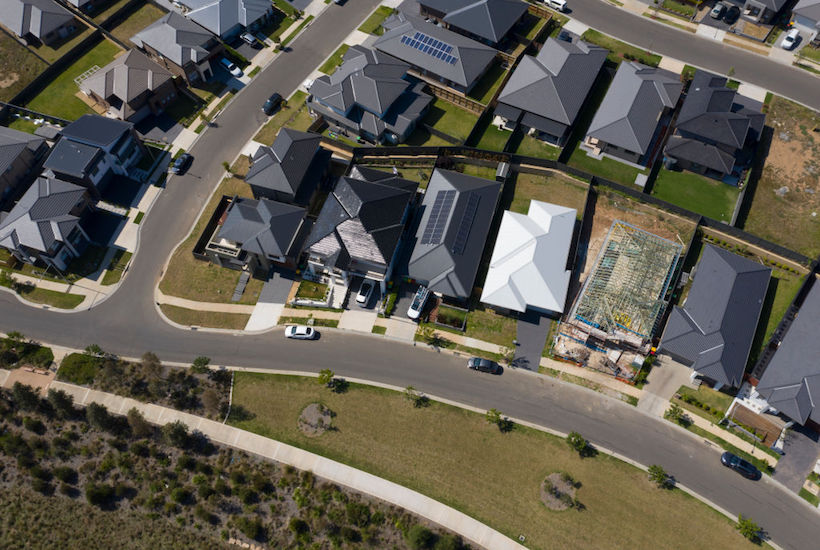A common objection to the idea that planning restrictions make housing unaffordable is that some other factor is said to be more important. Leading candidates include low interest rates, high immigration, tax concessions and location premiums.
However, contrary to what is often thought, these demand-side explanations are not alternatives to the standard view. They are complements. The importance of these demand-side factors does not weaken the argument that zoning matters. It clarifies it.
Planning restrictions raise prices by limiting supply. In terms of high-school economics, they make the ‘supply curve’ steep or inelastic. The factors mentioned above raise demand — they shift the ‘demand curve’ out.
High house prices reflect the interaction between inelastic supply (due to planning) and rising demand.
It does not really make sense to ask whether supply or demand is more important. That is like asking which blade of scissors does the cutting. Both are necessary.
Over history, zoning regulations rarely change. Their inertia is actually the problem. So fluctuations in demand explain fluctuations in price. Research I did with Trent Saunders found most of the recent increase in Australian house prices can be explained by lower interest rates, with faster immigration also contributing.
In a well-functioning housing market, supply would respond to meet this demand. In our major cities, it fails to do that. So, from a policy perspective, the emphasis is on planning restrictions. That is consistent with demand factors having more explanatory power from a historical perspective.
Similarly, there is growing demand to live in desirable locations. Again, that only boosts the price if supply is inelastic. Supplying more detached houses may be difficult but in our major cities there is always the option of ‘going up’.
As Keaton Jenner and I show in an RBA paper, the reason apartments cost almost twice as much in central Sydney as in central Melbourne or central Brisbane is that Melbourne and Brisbane have built lots of well-located apartments. Inner Sydney’s apparent ‘location premium’ reflects an administrative shortage of permits to build.
Simply put: if we built more, housing would be more affordable.
Peter Tulip is Chief Economist at the Centre for Independent Studies. He previously worked in the Research Department of the Reserve Bank of Australia and before that at the Federal Reserve Board of Governors. His recent research focuses on housing and monetary policy.
Got something to add? Join the discussion and comment below.
Get 10 issues for just $10
Subscribe to The Spectator Australia today for the next 10 magazine issues, plus full online access, for just $10.


























Comments
Don't miss out
Join the conversation with other Spectator Australia readers. Subscribe to leave a comment.
SUBSCRIBEAlready a subscriber? Log in